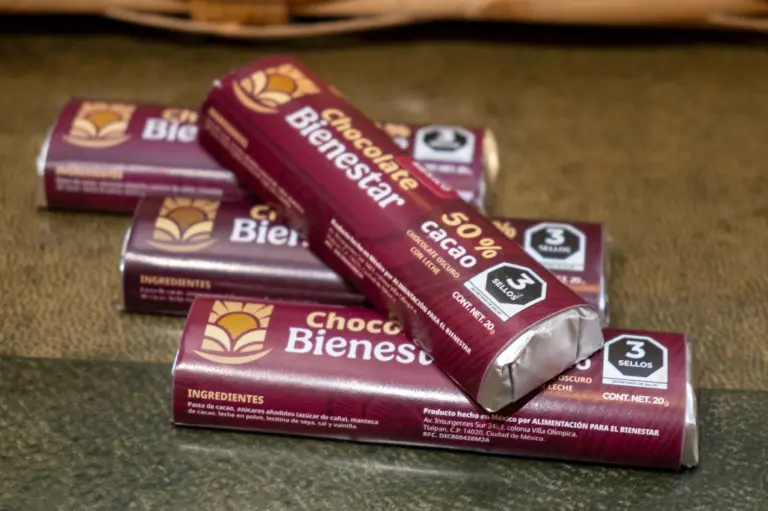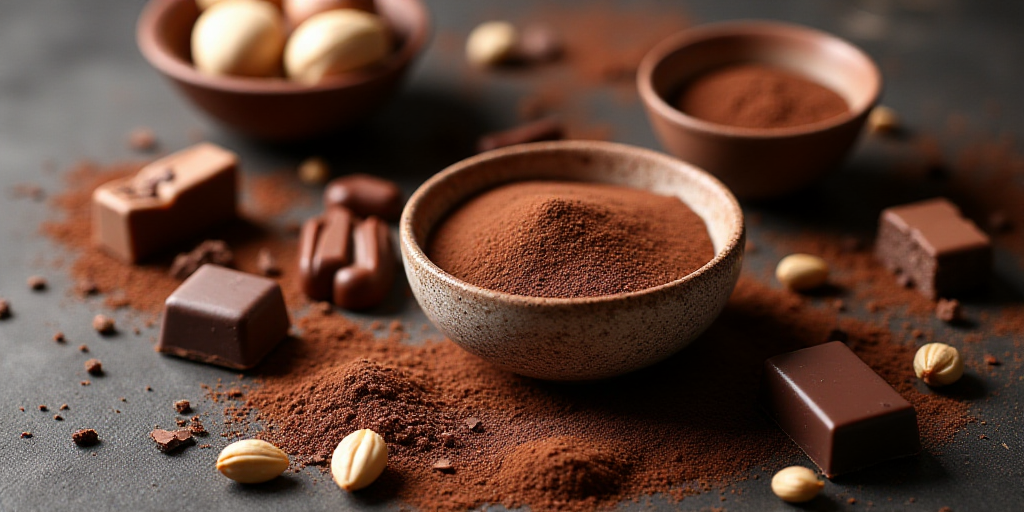The Rising Cost of Cocoa and the Importance of Authentic Chocolate
It may seem obvious, but not everything sold as chocolate truly is. Many products on supermarket shelves contain minimal cocoa. Some don’t even have cocoa butter, and by law, they should be labeled as “chocolate flavor” instead.
In times when cocoa prices have skyrocketed, and real chocolates could become a luxury, it’s more crucial than ever to learn how to identify authentic chocolate.
The Golden Rule: Higher Cocoa Percentage, Better Chocolate
The golden rule is clear: the higher the cocoa percentage, the better the chocolate. For experts, a quality product should have at least 50% cocoa, with the premium standard starting from 70%.
It’s not just about taste; it’s a matter of respect for the ingredient, producers, and consumers’ health.
Key Ingredients
- Cocoa butter: a crucial component of chocolate, providing its smooth texture and rich flavor.
- Cocoa (powder): the main source of cocoa flavor and antioxidants.
- Sugars or sweeteners: added to balance the bitterness of cocoa and enhance flavor.
The norm allows up to 5% of other vegetable fats, as long as they’re not cocoa butter, and prohibits high levels of trans fats or physical contaminants like insect fragments.
Chocolate Classification: From Worst to Best
According to NOM, products marketed as chocolate can be categorized into different quality levels:
- Products similar to chocolate: These do not contain cocoa butter and have minimal cocoa content. They can only be labeled as “chocolate flavor.”
- Cocoa powder: Must contain at least 1.8% cocoa butter and 18% decaffeinated cocoa, but often has high sugar content.
- White chocolate: Contains only cocoa butter, no cocoa solids or paste. It has high sugar and milk content but lacks antioxidants found in dark chocolate.
- Milk chocolate: Must contain a minimum of 25% cocoa solids and 14% milk. It has real cocoa but also a considerable amount of sugar.
- Semi-sweet or bittersweet chocolate: Contains at least 30% cocoa with less sugar than milk chocolate, balancing sweetness and cocoa flavor.
- Dark or bitter chocolate: The highest quality, containing at least 40% cocoa solids, 22% cocoa butter, and 18% cocoa. It has little sugar, more antioxidants, and no added dairy.

Chocolate Bienestar
Countries of Fine Chocolate
Belgium
Since 1894, Belgium has regulated chocolate with a minimum of 35% real cocoa. The Belgian Chocolate Code requires the entire process to be conducted within national borders. Additionally, the AMBAO seal certifies that no substitutes for cocoa butter are used.
Switzerland
Although Switzerland lacks a specific law on minimum cocoa percentage, artisanal brands like Garçoa or Taucherli produce chocolates between 70% and 90% cocoa, using only cocoa and organic sugar.
Swiss consumers value origin, purity, and traceability, making dark chocolate a quality standard.
European Union
Directive 2000/36/EC sets minimums of 25% for milk chocolate and 35% for dark chocolate, allowing up to 5% of non-cocoa vegetable fats. However, Belgium goes further by prohibiting these in its finest products nationally.
Fluctuating Cocoa Prices and the Risk to Chocolate
As reported by Bistronomie in January, cocoa prices have risen dramatically: from 60–80 pesos per kilo to over 220–250 pesos, although they have since decreased. This forces many brands to reduce cocoa percentage or use artificial substitutes to maintain low prices.
Master chocolatera Lizbeth Hernández emphasized:
“Consuming a chocolate bar with 70% cocoa will be a luxury within 10 years.”
She insists that consumers should learn to demand quality and support Mexican cocoa.
“When consuming chocolate, look for a high cocoa percentage, and even better, Mexican cocoa. This will help sustain the supply chain,” she concluded.
How to Choose Authentic Chocolate
- Look for cocoa percentage: Ideally, it should be 50%, and if it’s equal to or greater than 70%, it’s better.
- Read the ingredients: Cocoa paste or mass should be the first ingredients, followed by cocoa butter. If sugar is listed first, it indicates low quality.
- Avoid products: labeled as “chocolate flavor” or containing vegetable oils.
- Support Mexican cocoa: There are local brands with traceability, fair trade practices, and excellent quality.






